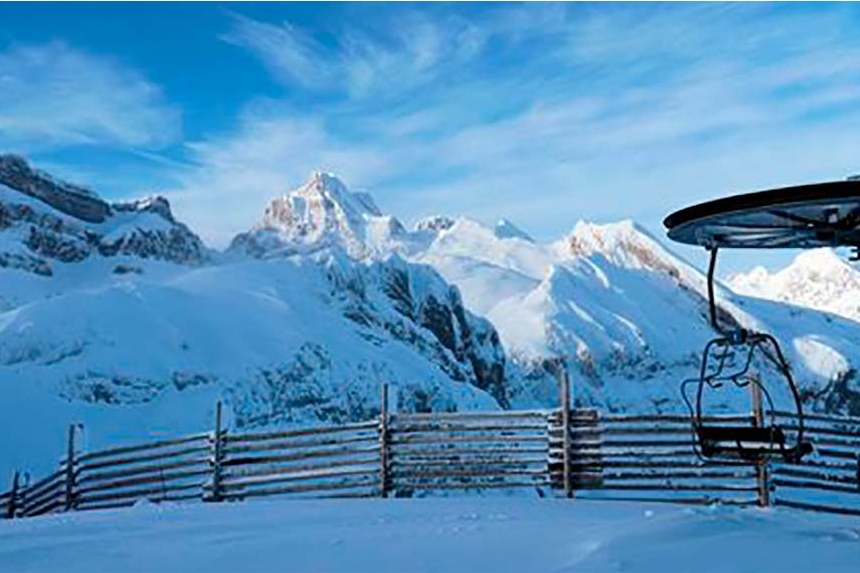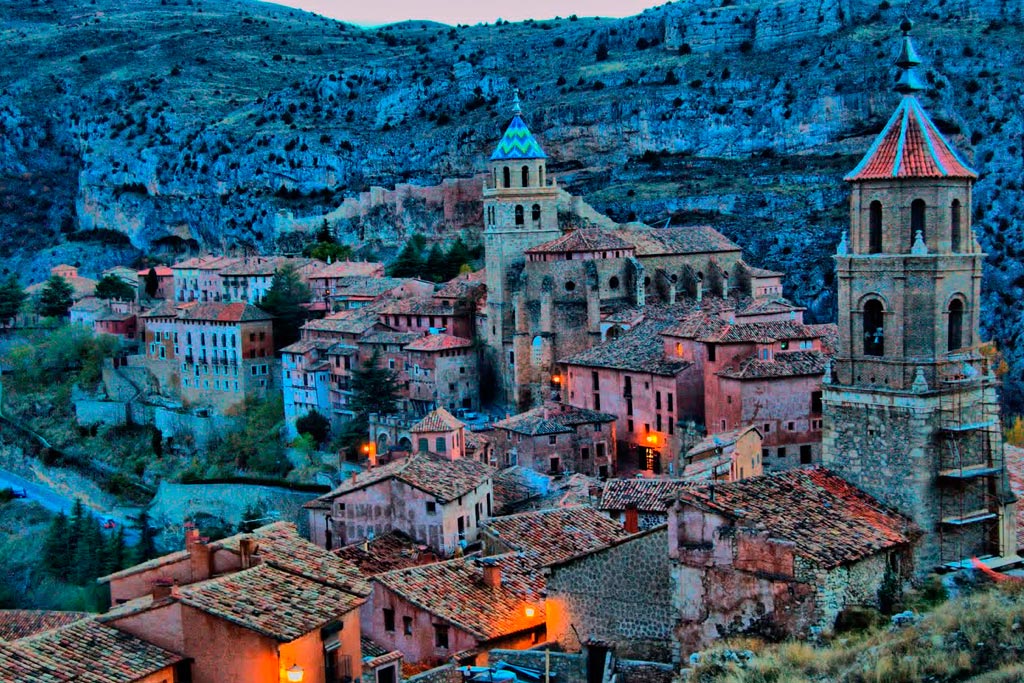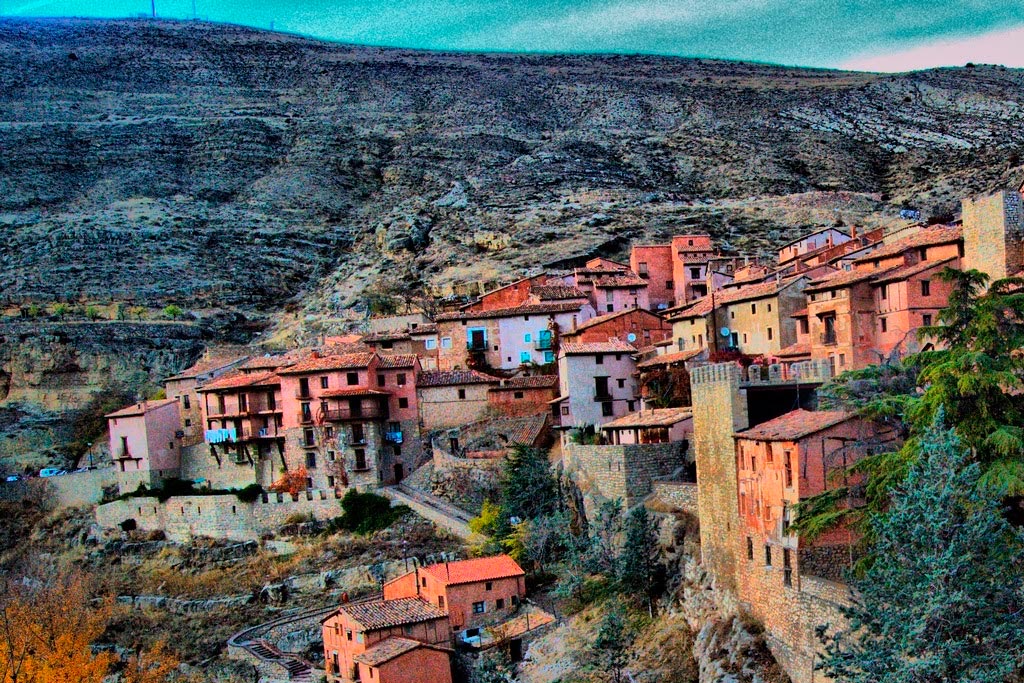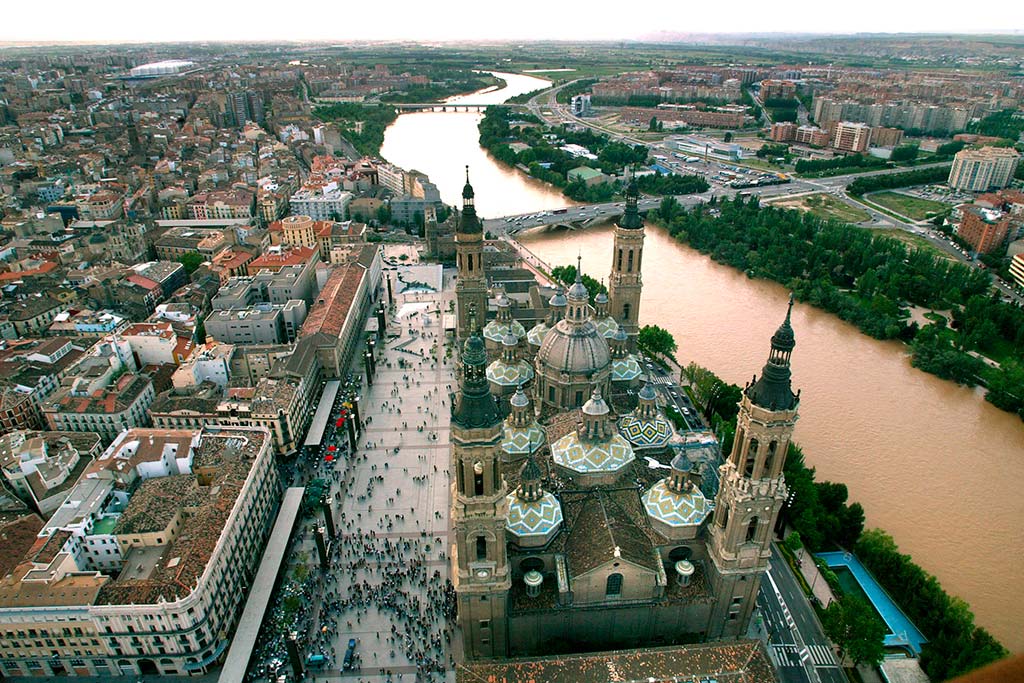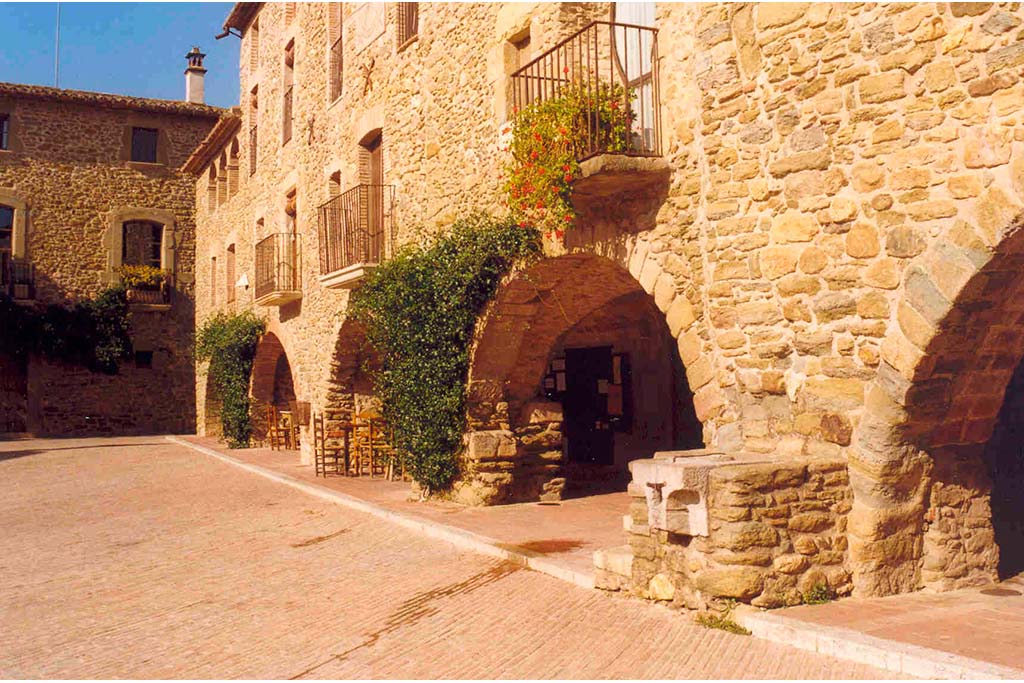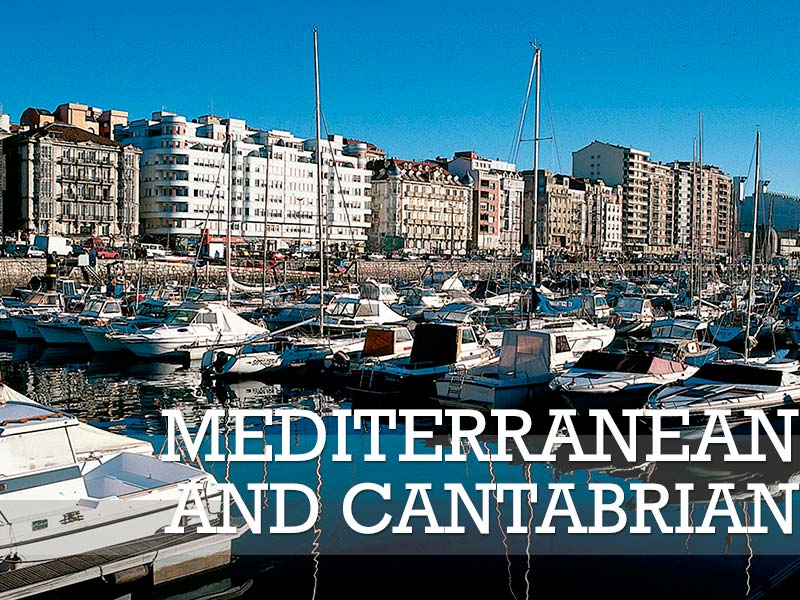
AUTONOMOUS COMMUNITY OF ARAGÓN
This autonomous community comes from the historical kingdom of the same name. It is made up of the provinces of Huesca, Teruel and Zaragoza. It covers an area of 47,719 km² and has a population of 1,346,293 inhabitants (figures from 2011). The official holiday is 23 April. The region is separated into two by the River Ebro and has two mountain ranges. The Pyrenees, whose highest peaks can be found mostly in the province of Huesca, such as Pico Aneto (3404 m), the highest mountain in Aragón and the Pyrenees. The Iberian Range, which separates the autonomous community from the central plateau of Spain and whose highest peak is the Moncayo (Zaragoza), which stands at a height of 2340 m above sea level.
The region is home to the National Reserve of Ordesa and Monte Perdido in the province of Huesca, a huge desert of stones and sand halfway between Huesca and Zaragoza. A landscape dominated by huge deserts inhabited by an endless number of species that are unique in the world, since the conditions of these plateaus are very particular indeed. The region has been revitalised thanks to its heritage, such as the Carthusian Monastery of Las Fuentes and the Monastery of Sigena, as well as its festivals, which include the famous Monegros Desert Festival of electronic music. The Way of Aragon runs through the province of the same name and most of the route follows the River Aragón, which flows into a reservoir on the border between the autonomous communities of Aragón and Navarra.
This route actually forms part of the French Way of St James. Furthermore, the ‘Camí de Sant Jaume’, in the Aragón section, crosses Los Monegros: the main difficulty and, at the same time, the main incentive.
Discovering the wines of Aragón is one way of learning about its culture. It is considered as one of the regions with the greatest winegrowing tradition in Spain, where grapes have been grown since Roman times. We could say a lot more about the history and development of wine in Aragón, but we will limit ourselves to mentioning only the names of its four Designations of Origin: Cariñena, Calatayud, Somontano and Campo de Borja.
VISITS OF INTEREST
HUESCA
Capital of the province of the same name. Its architectural heritage includes the remains of the old mediaeval walls that were built around the town, the Church of San Pedro el Viejo, the convent of San Miguel, the cathedral, the Town Hall Building, the Provincial Museum, the Palace of Villahermosa, the Basilica of San Lorenzo and the Casino (Círculo Oscense).
TERUEL
Capital of the province of the same name. It has an important heritage of Mudejar art, part of which has been designated a World Heritage Site by the UNESCO. Its tourist attractions include its Mudejar buildings, the mausoleum of Los Amantes de Teruel, El Torico and the Dinópolis palaeontology centre.
ZARAGOZA
This is the capital city of the autonomous community of Aragón and the province of the same name. Situated on the fast-flowing River Ebro, it is a 2000 year old city that has been home to almost all the civilisations that have ever dominated the Iberian Peninsula and that have left behind their remains and monuments. The main three places of interest are the Cathedral-Basilica of El Pilar, the largest Baroque-style church in Spain; the Cathedral of San Salvador (La Seo), built on the remains of the Moslem mosque, which was, in turn, built on a Roman temple; the Palace of La Aljafería (today the seat of the Parliament of Aragón), a Hispano-Moslem work of architecture of great value.
ARAGÓN

ASK FOR INFORMATION

